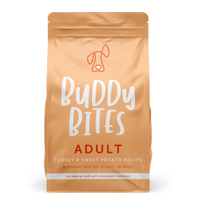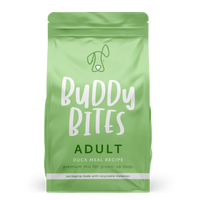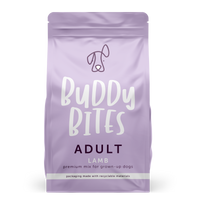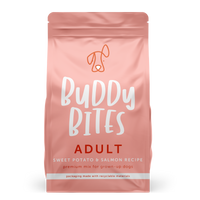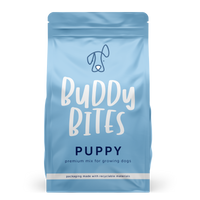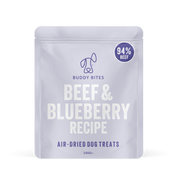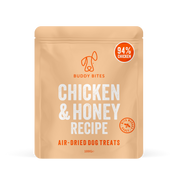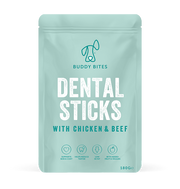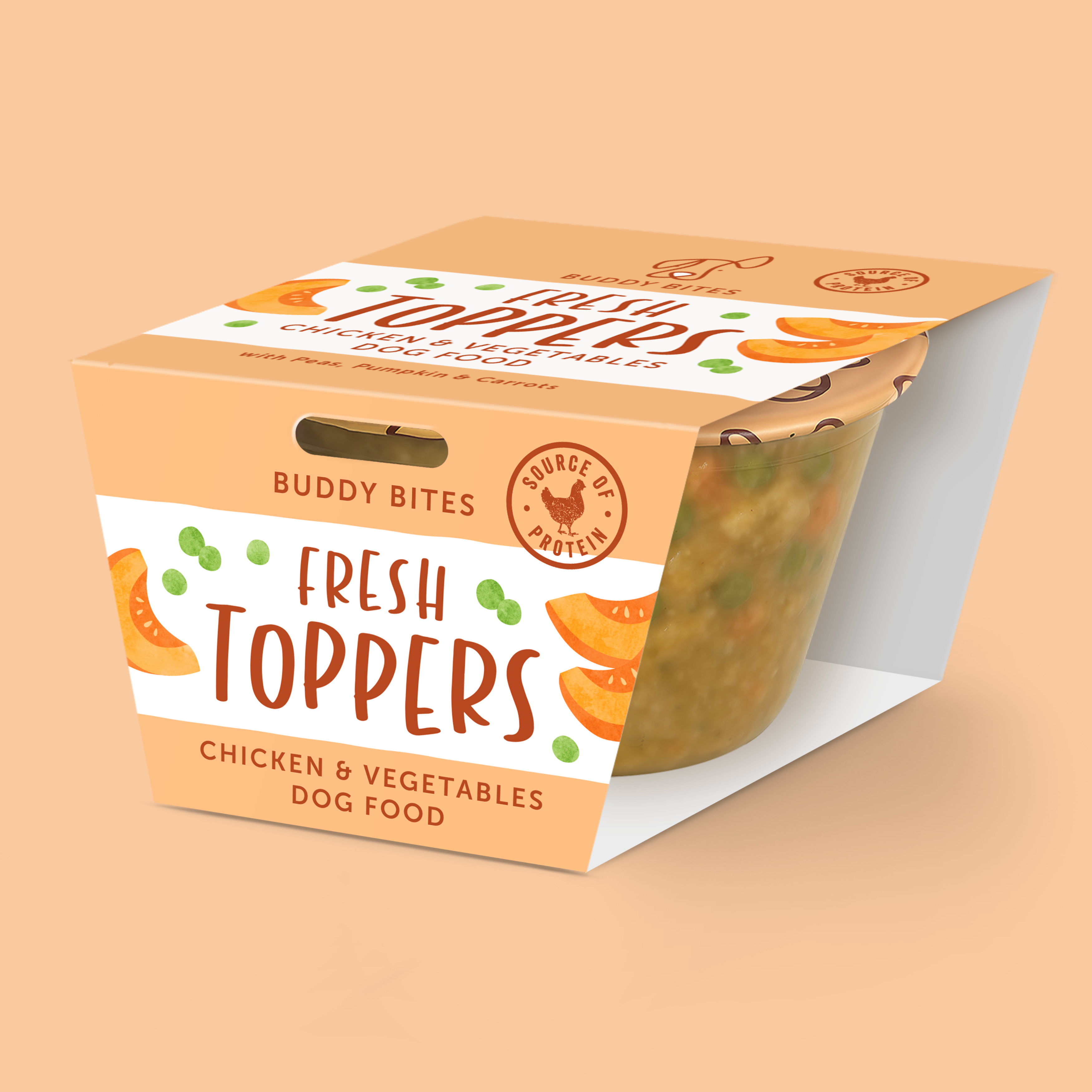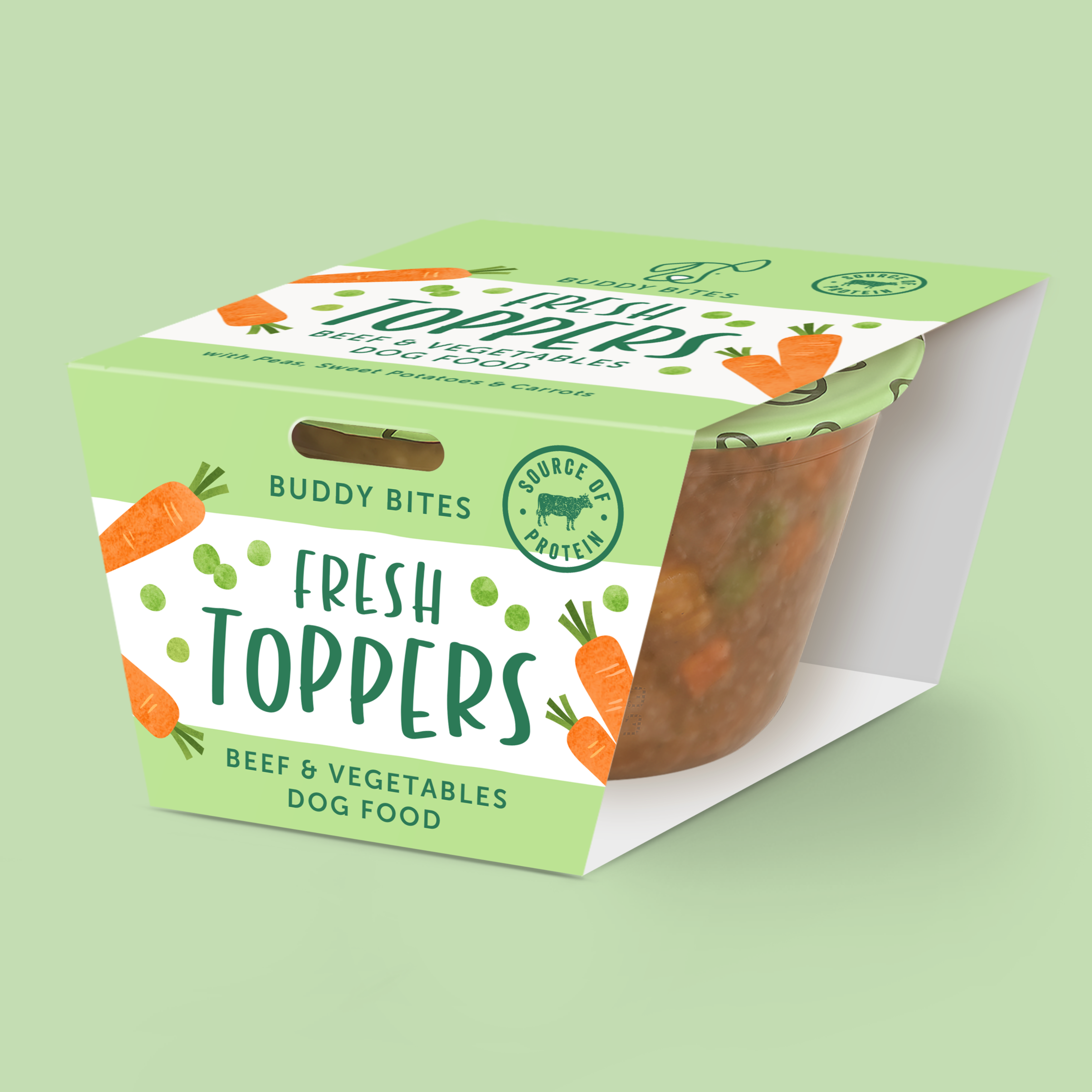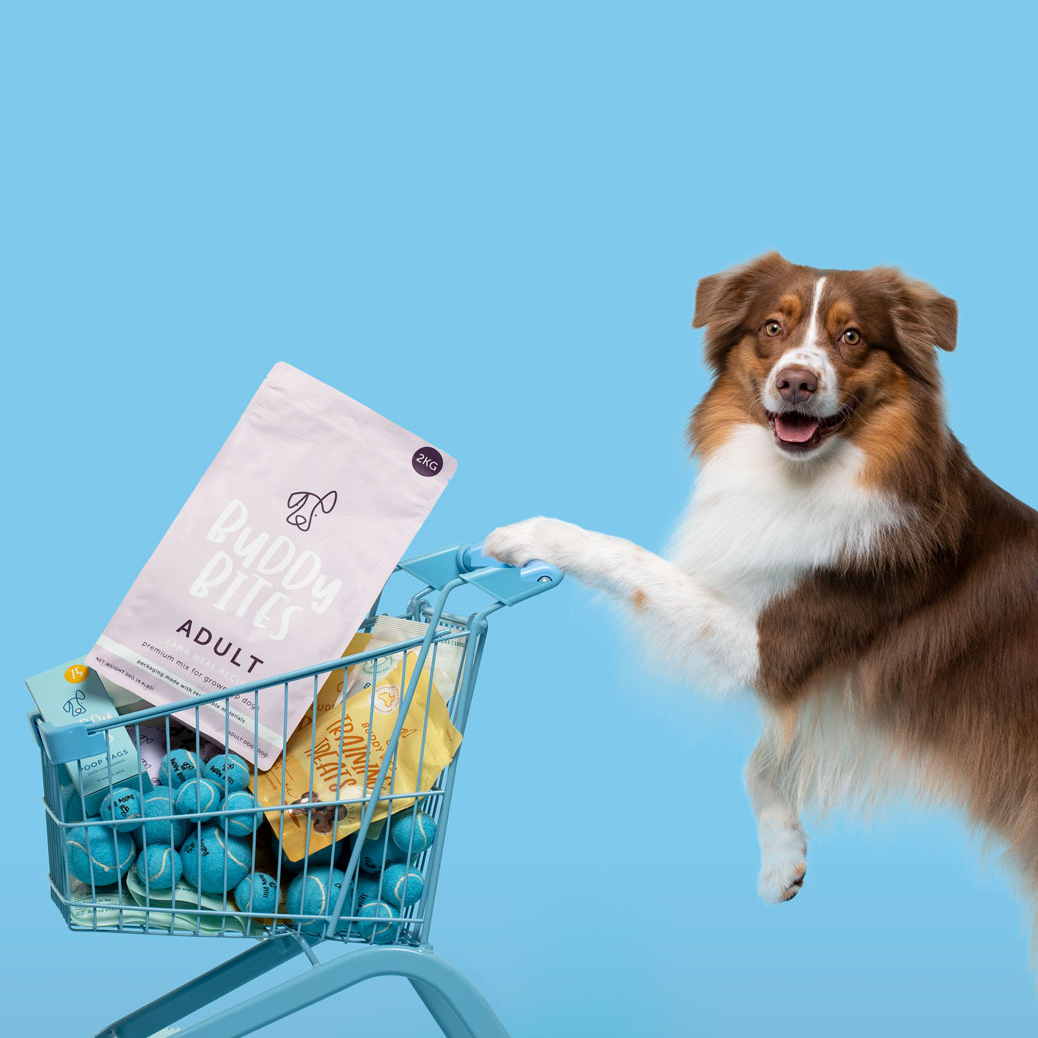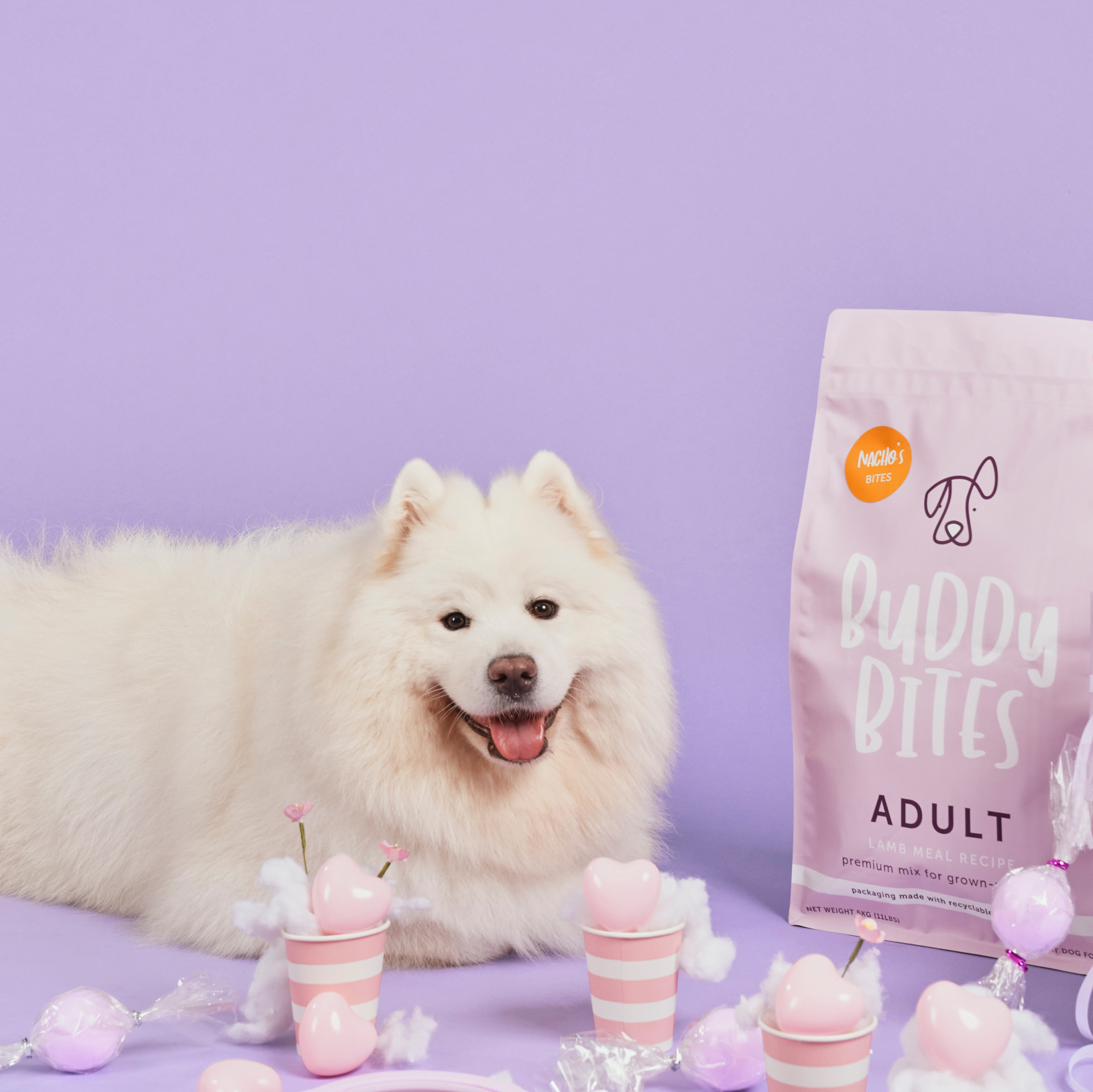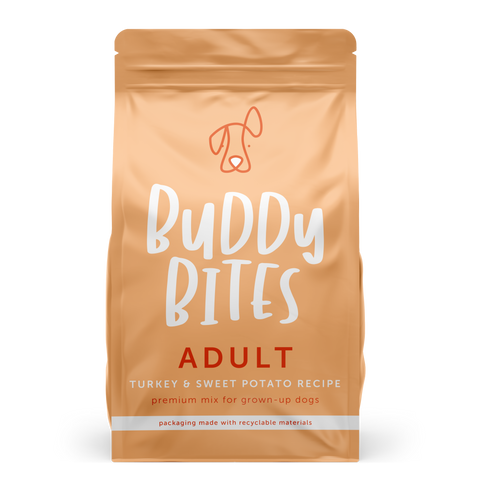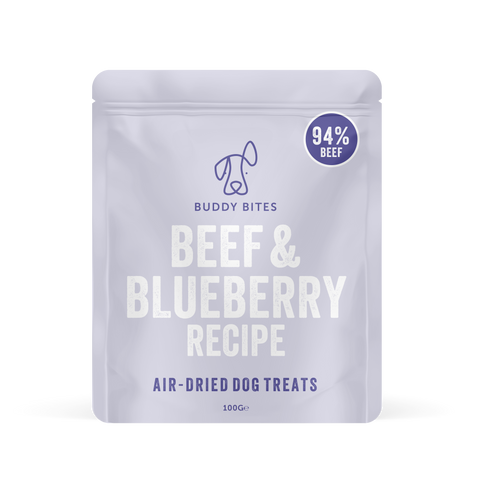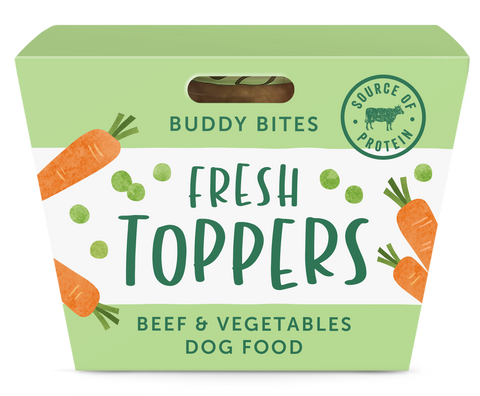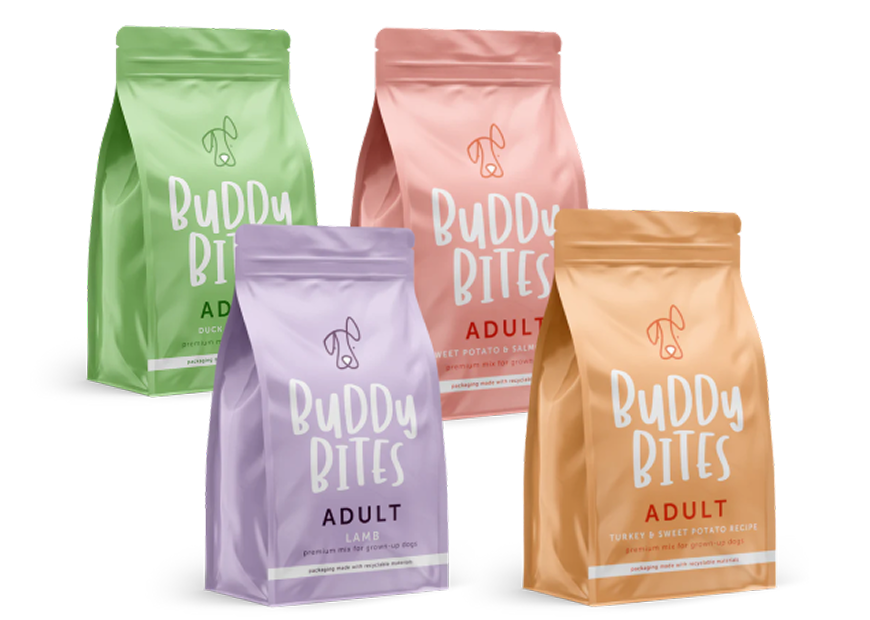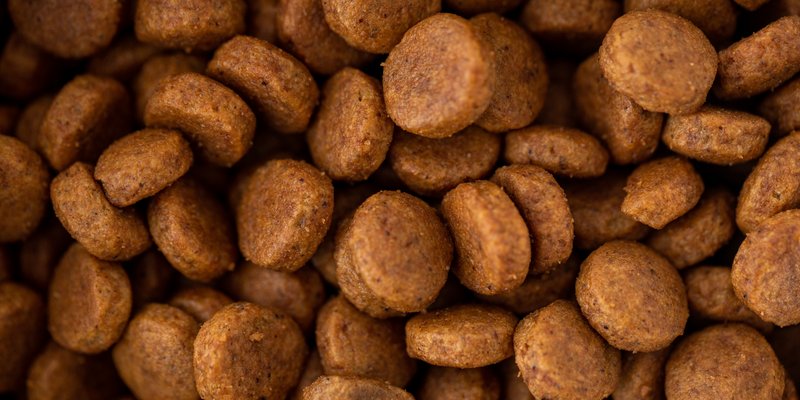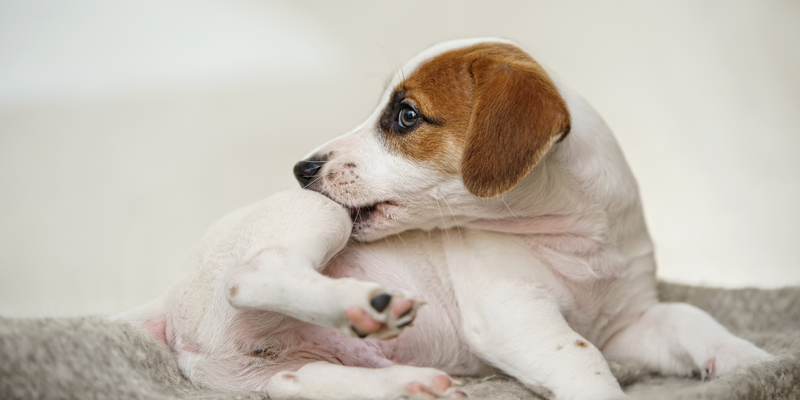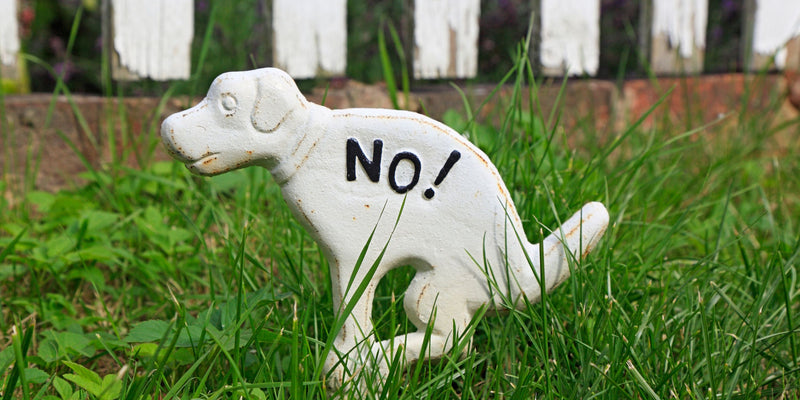Understanding and Managing Calluses in Dogs
October 02, 2023
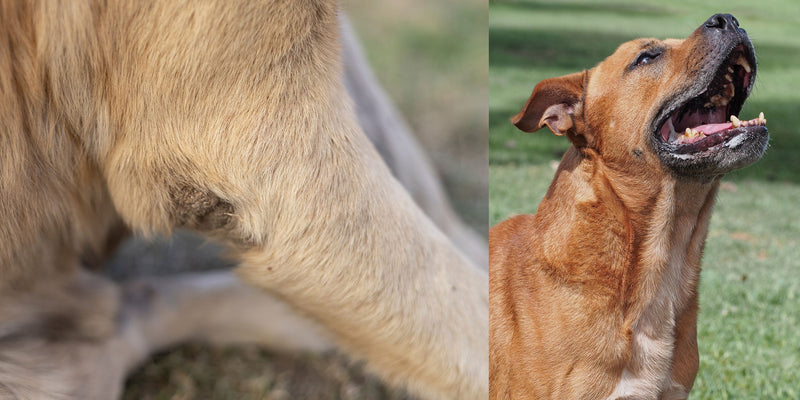
When we think about our dogs, we often focus on their furry coats, wagging tails, and loving personalities. However, just like humans, dogs can also develop skin issues that require attention and care. One common problem that many dogs face, especially larger breeds, is the development of calluses. In this blog post, we'll explore what calluses in dogs are, what causes them, and how you can manage and prevent them.
What Are Calluses in Dogs?
Calluses, also known as pressure sores or elbow pads, are thickened, toughened areas of skin that develop in response to repeated pressure or friction. In dogs, calluses typically occur on the elbows, but they can also develop on other pressure points, such as the hocks (ankles) and hips. These areas of skin become rough, dry, and often hairless, and they can range in size from small patches to larger, more extensive areas.
What Causes Calluses in Dogs?
The primary cause of calluses in dogs is pressure and friction. When a dog lies down on hard surfaces for extended periods, especially if they are older or have thin fur, the elbows and other joints can develop calluses. Breeds with short coats, such as Greyhounds and Doberman Pinschers, are more susceptible to calluses because they have less natural padding to protect their skin.
Here are some common factors that contribute to calluses in dogs:
-
Thin Fur: Dogs with thin fur have less protection against the hard surfaces they lie on, making them more prone to calluses.
-
Advanced Age: Older dogs are more likely to develop calluses because their skin becomes thinner and less elastic over time.
-
Overweight or Obese Dogs: Excess weight can put extra pressure on the joints, leading to callus development.
-
Lack of Padding: Dogs that don't have sufficient padding in their bedding or who frequently rest on hard floors are at greater risk.
- Genetics: Some breeds are more predisposed to calluses due to their anatomy.

How to Manage and Prevent Calluses in Dogs
While calluses in dogs are generally not a severe health concern, they can become uncomfortable and even lead to complications like infections if left untreated. Here are some tips on how to manage and prevent calluses in your furry friend:
1. Provide Adequate Padding:
Ensure that your dog has a comfortable, padded place to rest. Use thick, cushioned dog beds or blankets to create a soft surface that reduces pressure on their joints. Orthopaedic beds can be especially helpful for older dogs or breeds prone to calluses.
2. Keep Your Dog at a Healthy Weight:
Maintain your dog at a healthy weight to reduce the pressure on their joints. Consult with your veterinarian to develop a suitable diet and exercise plan if your dog is overweight.
3. Use Dog-Friendly Moisturizers:
Apply dog-friendly moisturisers or balms to the callused areas regularly. These products can help keep the skin hydrated and prevent excessive drying and cracking.
4. Encourage Regular Movement:
Encourage your dog to move around regularly to prevent them from lying in the same position for too long. Frequent short walks, playtime, and gentle exercises can help improve blood circulation and reduce the risk of calluses.
5. Avoid Hard Surfaces:
If possible, discourage your dog from lying on hard surfaces for extended periods. Providing them with soft bedding or using dog-friendly furniture covers can help.
6. Consult Your Veterinarian:
If you notice that your dog's calluses are becoming red, swollen, or infected, consult your veterinarian promptly. They can recommend appropriate treatments, such as antibiotics or topical medications, to address any complications.
While calluses in dogs are a common occurrence, they can be managed and prevented with proper care and attention. By providing your furry companion with a comfortable resting place, maintaining a healthy weight, using moisturisers, encouraging movement, and consulting your veterinarian when needed, you can help keep your dog's skin healthy and comfortable. Remember that calluses are generally a cosmetic concern, but it's essential to address any signs of discomfort or infection promptly to ensure your dog's well-being.
